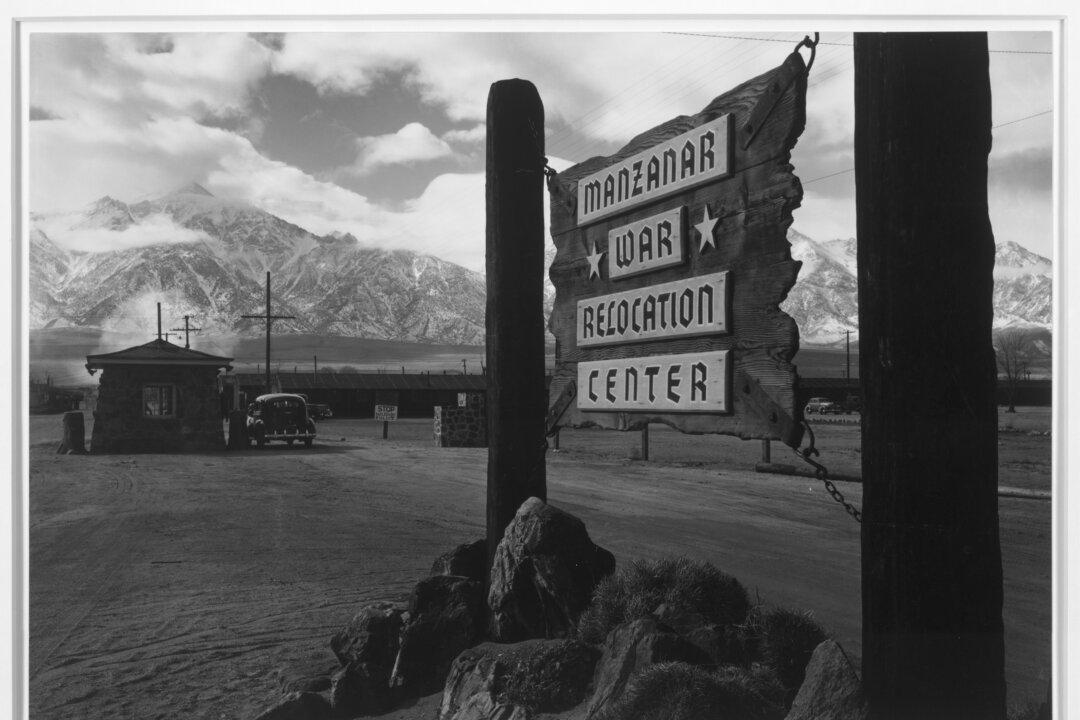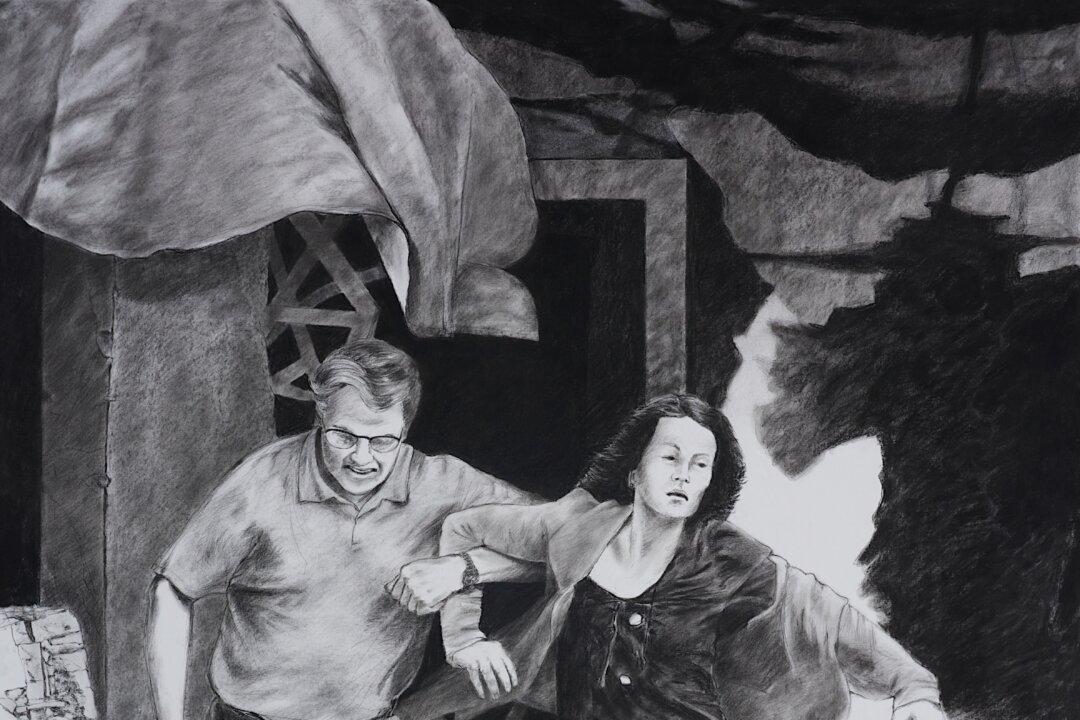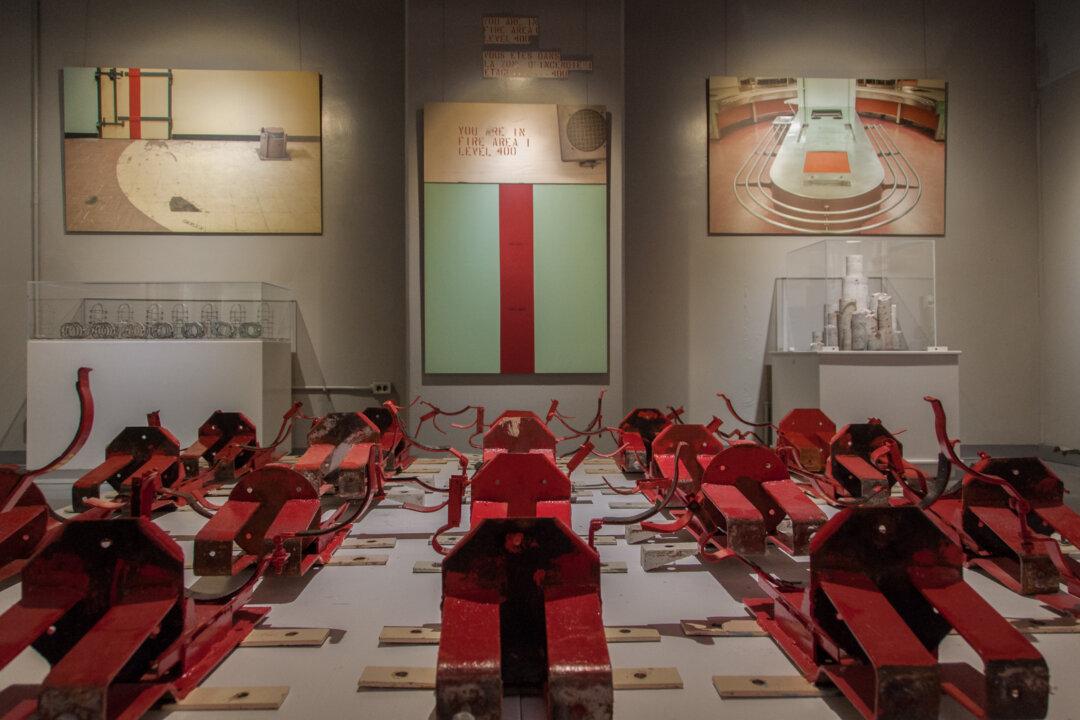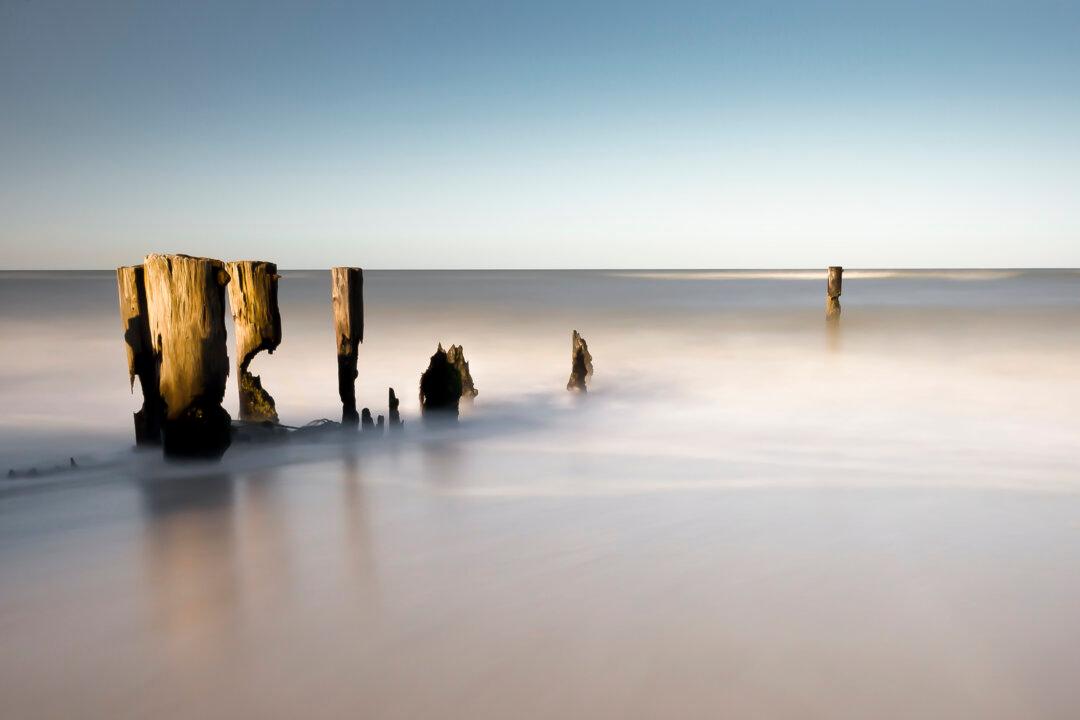Twenty-five years ago on Sept. 22, 1988, the governments of Canada and the United States issued formal apologies to 22,000 Japanese-Canadians and 120,000 Japanese-Americans. During WWII, all had been wrongfully presumed—for no reason other than their Japanese heritage—to be enemy aliens.
It was time to make amends. In Canada, reparations included funds for the Nikkei National Museum in Burnaby, British Columbia. Part of its mission is to ensure people do not forget.
On Sept. 20, the Canadian War Museum opened Two Views–Photographs by Ansel Adams and Leonard Frank, a travelling exhibition from the Nikkei National Museum. The official ceremonies included a quiet presentation by Sachiko Okuda of the Ottawa Japanese Canadian Association. Her family had been among the 22,000 forcibly removed from their homes in British Columbia by order of Parliament and the War Measures Act.
Okuda walked to the podium carrying a small, old suitcase. It, too, had survived the war. In it were five items–three family photographs, two documents. These artifacts told a bit of the tale of her family’s internment in Slocan, the same camp that also held the families of David Suzuki and Joy Kogawa. In the photographs, members of Okuda’s family are seen standing, nicely dressed—they are smiling.
Smiling? Under such circumstances? Having lost everything? Okuda explained why. Her auntie told her, “Why waste film on something ugly?”
The fourth artifact was a copy of Brian Mulroney’s official apology in 1988. Not only had 22,000 people been removed from their homes, but their homes and properties had been sold to cover the costs of the internments.
Sachiko Okuda concluded her presentation by reading aloud a tanka, a sparse poem of silence.
In Two Views, we see further documentation of spirit and circumstance from those times. American photographer Ansel Adams (1902-1984) and Canadian photographer Leonard Frank (1870-1944) photographed the internment camps. Thirty-five black-and-white photographs have been selected for this exhibition.
An American Perspective
In 1943, Ansel Adams was invited by the director of the Manzanar Camp in the Sierra Nevada mountains of California to photograph the 10,000 Japanese American internees of the camp. Adams returned more than once to the camp, angered by what he saw, determined to show others the people detained at Manzanar were not the enemy.
In 1944, under the title Born Free and Equal, Ansel Adams exhibited the Manzanar photographs in New York at the Museum of Modern Art. The exhibition was not well received. The country was at war, and everyone knew who the enemy was.
In Adams’s photographs of the camp, the Sierra Nevada is a fierce, sharp barrier, blocking the sky from view. “Entrance to Manzanar,” 1943, for example, is a grim prospect.
No one censored “Yonemitsu home,”1943, a more damning scene. Here, Ansel Adams has photographed a small domestic shrine. A picture of Jesus, a few letters from an American soldier, and a photograph of that soldier have all been carefully placed on a little table. The soldier was Japanese American. He was used in European combat.
Two Views presents 18 of Ansel Adams’s Manzanar photographs, works selected from an archive of nearly 500 negatives and prints Adams donated in 1965 to the U.S. Library of Congress.
A Canadian Perspective
Leonard Frank was hired in 1942 by the British Columbia Security Commission to photograph the B.C. internment camps. In Two Views, we see 17 of Frank’s photographs, selected from a collection donated to the Nikkei National Museum by Alex Eastwood’s family. Eastwood had been a member of the Security Commission.
It hardly matters whether Leonard Frank is photographing Hastings Park, outside Vancouver, or Tashme, further into the interior. The scenes are bleakly similar. People are seldom seen in the 17 photographs displayed in Two Views. No names are provided for the few we do see.
Leonard Frank’s photographs show an ugly compression of scale and repetition of line. “Building K, Men’s Dormitory, Hastings Park,” 1942, is a scene of row upon row of beds, all the same size, arranged strictly in rows, filling what had been the Forum, a sports arena. The bleachers, too, have been converted into rows of beds. The beds are all empty.
“Building 3, medical examination room, Hastings Park,” 1942, presents two long lines of curtained examination cubicles. They were formerly horses’ stalls. The building had been the Horse Show building. Strangely, no people in view here.
One of Leonard Frank’s photographs is of a schoolroom, “Building L, Hastings Park,” 1942. Into this one room, are crammed 50 or 60 students, male and female, all in rows. Even the beams of the ceiling appear to press down upon them.
Two Views is a well-chosen title for the work of Leonard Frank and Ansel Adams. Adams works on his own, out of his own convictions. We do not know what instructions Frank was given when the British Columbia Security Commission hired him to photograph its camps. Frank, a German émigré to Canada, died before the war’s end.
Two Views–Photographs by Ansel Adams and Leonard Frank are on display at the Canadian War Museum in Ottawa from Sept. 20 to Mar. 23, 2014.
Maureen Korp is an independent scholar, curator, and writer who lives in Ottawa. Author of many publications, she has lectured in Asia, Europe, and North America on the histories of art and religions. Email: [email protected]





